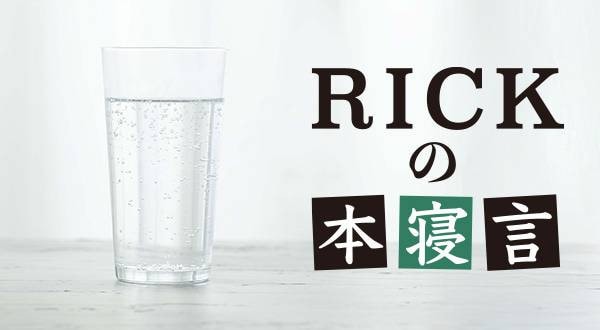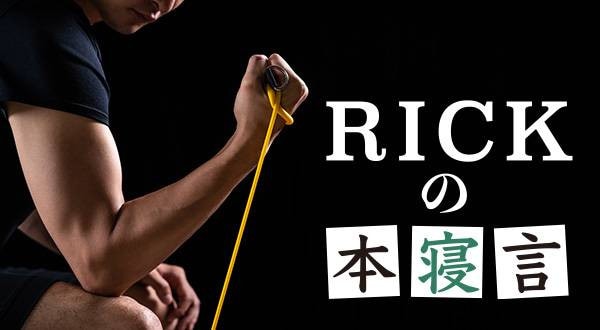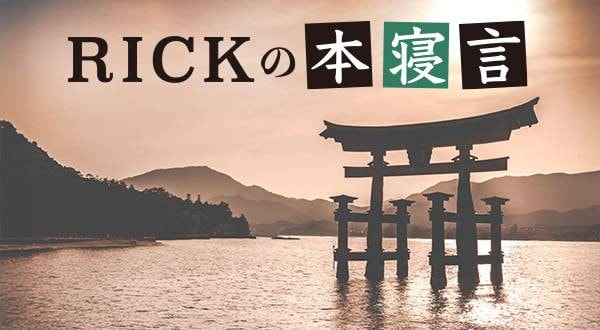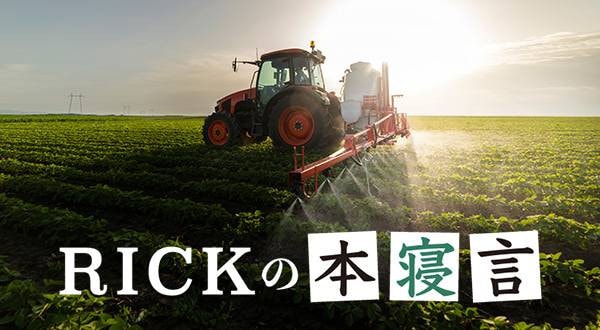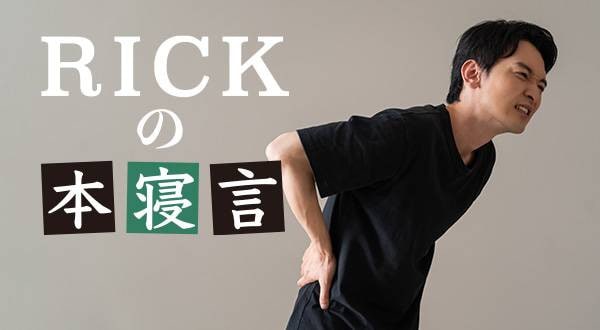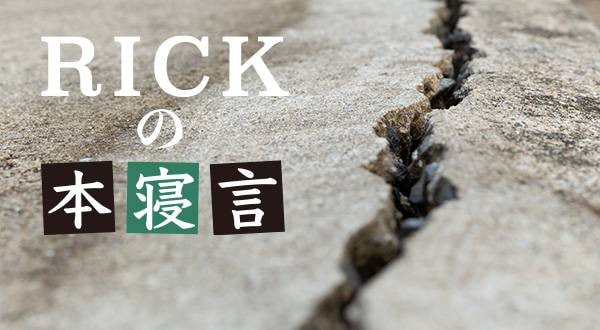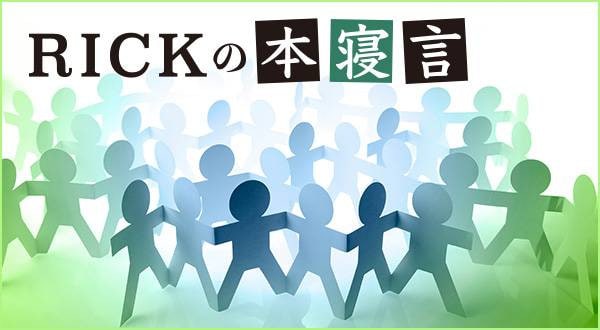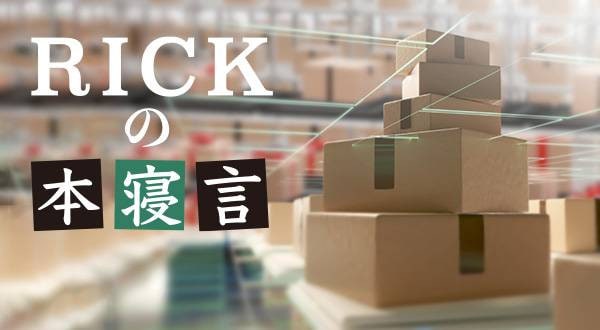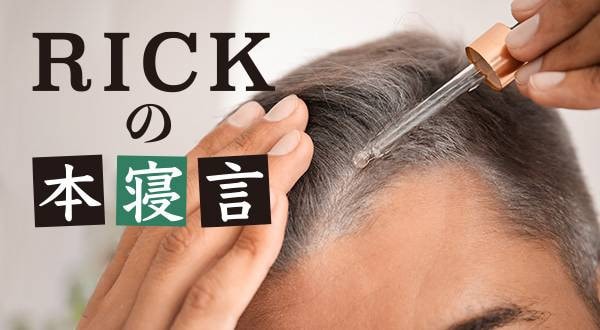Last night, I went to visit a club that was like a karaoke bar in Tokushima City. I was introduced by the manager of a massage parlor in Komatsushima City. The woman said that she had been to the Awaji Memorial Museum in the mountains of Hokudan, Awaji Island, which was built by the parent company of Sound House, and had visited the Ishigami Shrine adjacent to the Awaji Memorial Museum. I don’t know why this became about me, but I decided to go and say hello anyway.
The restaurant is a small, seemingly snack-like establishment located in Konyacho. I casually walked in, greeted her with a simple ‘hello’ and introduced myself. She immediately knew who I was and was very pleased to meet me. She told me that she was the same age as me and that she was really a big fan of mine. Then immediately, I was bombarded with all kinds of questions. She asked me why Tokushima. I have been asked this question many times by many people. “Why did you come to Tokushima?...” So, I just simply told her a short story as to why I’m here.
I had no connection to Tokushima, but one day I came across a book written by famous Christian writer Masami Uno, entitled Ancient Jews Sealed in Japan. As soon as I found it that day, I devoured it in one sitting. In the book, the author described her views on Tsurugisan in a variety of speculative ways. The author's views on Tsurugisan were various speculations and opinions on the matter, but he insisted that the mountain was historically very important and in fact affected the entire globe. Are there really Jewish roots involved in Tsurugisan? Why are you so obsessed with it? As a fellow believer in God, I decided to climb Tsurugisan and see for myself.
Thus, my journey into Shikoku began in June of 2009. Of course, work at the company was very busy and Sound House was at its peak. The new distribution center in Narita was up and running, and the company was growing at a tremendous rate. The large warehouse in Narita was quickly filling up and the company was facing a growing sense of urgency: if nothing was done, the warehouse would be flooded. My choices were either expanding the warehouse in Narita or taking the plunge to build a new warehouse in western Japan. I made the trip to Shikoku keeping both of these options in mind. Of course I was there for work, but I also wanted to do what I wanted to do. This is my style. This is why I don't mind working 15 hours a day.
Once I reached the summit of Tsurugisan, I was hooked on the wonders of this beautiful reizan. I just had a feeling that the truth of history was hidden there. I knew about the various Jewish legends about the mountain, such as that it hid Solomon's sacred treasure, but it seemed to me that there was something more important, more authentic, and more secret. I still remember one day, right after I finished climbing Tsurugisan, that I suddenly verified the area around Tsurugisan on Google Maps. As I was fiddling around with the map, I was struck by a certain straight line. When I connected Tsurugisan and Ise Jingu Shrine with the straight line, Koyasan fell within the line exactly on top. There is no mountain called Koyasan, but rather the area surrounding it, so it may have just been a coincidence that the round dot on Google Maps happened to coincide with that line. From there, I began to draw lines on the map, which would later lead to my research on ley lines.
Let me briefly explain what happened next. I was convinced of the importance of Tsurugisan through the many ley lines that I could see with my own two eyes: shrines, mountains, and capes that lined up in a straight line on the map. The first surprise was the discovery of the mountain again. The word "discovered" is not appropriate since the mountains already existed. But, it was indeed a discovery because a mountain I knew nothing about suddenly became a tremendously important part of my life.
Futatabisan exists as an extension of the line connecting two of the most famous ancient shrines mentioned in the Chronicles of Japan, the Ise Jingu Shrine and the Ishigami Jingu Shrine in Nara. As I drew the line, I looked to see if I could find anything, and found a temple called "Dairyu-ji," which was located exactly on the ley line and built halfway up the mountain again. There is a temple in such a place. I thought it might be important since it was connected to Ise Jingu Shrine and Ishigami Jingu Shrine, so I looked up the background of Dairyu-ji and was astonished by its greatness.
Dairyu-ji was not only founded by Wake no Kiyomaro, a master of Japanese geography who served Emperor Kanmu during the Heian period, but the temple was also considered to be so extremely important by Kukai that he visited the temple twice, once before and once after he traveled to China as an envoy to the Tang Dynasty. In other words, Kukai realized that Dairyu-ji held the key to an extremely demanding situation. That alone was an amazing feat, but Kukai not only carved out a rock on the mountain behind the inner sanctuary of Dairyu-ji to create and neatly arrange a rock formation, but he also carved out the top of a huge megalith nearby and carefully dug a statue of a turtle there himself. The Turtle Sone, which would become Kukai's masterpiece, retains its original form to this day.
On November 18, 2009, I immediately decided to visit Dairyu-ji on Futatabisan. After visiting Dairyu-ji several times and seeing the Turtle Stone many times, it seemed that Kukai's thoughts were reflected in my mind. Convinced that the Turtle Stone was connected to a remote island in Tokushima, I just could not stay away from it. In 2010, the following year, I began to visit Ishima, the easternmost island of Tokushima. It is a depopulated, remote island with a population of only about 100 people, but I was happy just to be able to go to the island. Through various encounters, I was able to purchase a small house on the island a few months later. In no time at all, I felt as if I could become a resident of Tokushima Prefecture. Every weekend I would go to Tokushima, rent a car, drive to Anan, and from there take a boat called "Mishima" to Ijima.
If I could write this much, you can imagine how it ends. Tokushima is important, and I will be in and out of Tokushima for a long time. So, I decided to set up a warehouse in Tokushima! That's what I'm going to do. This way, I can work, do my life's work, and research at the same time. All things being equal, I decided to make the best of this situation! Immediately after I started my trip to Ishima, I started looking for a warehouse property by asking a real estate agent. In 2011, I was able to find a property and purchased a building in Komatsushima that used to be a co-op.
I am writing this draft in Tokushima and I am not surprised that I am still hooked on Tokushima. Tomorrow is Sunday and I plan to run from Reizan-ji, the first temple on the 88 Temple route, to Fujiidera, the eleventh, and work up a sweat running in the middle of this hot summer. This will help me to think more clearly and to get closer to Kukai's thoughts and feelings.
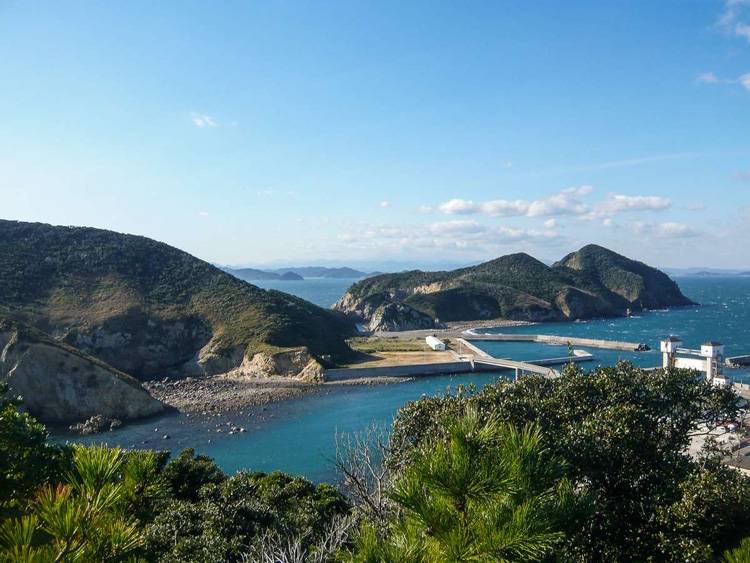
View from the Mountain Road in Ijima







